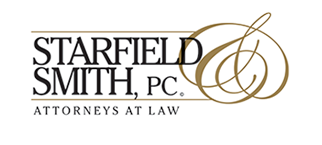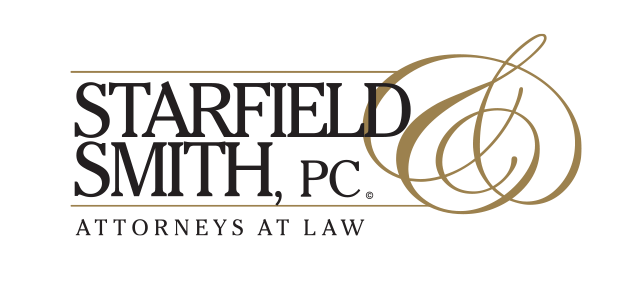Effective September 30, 2025, SBA released Procedural Notice 5000-872764 (the “Notice”) amending the SOP 50 10 8 (“SOP”) based on feedback the agency received from Lenders. This article will discuss a few key changes for SBA Lenders to review. For the full text of the notice, please visit Procedural-Notice-5000-872764.pdf
SBA Business Expansion Clarification
Prior to the Notice, SBA considered a transaction a “Business Expansion” if the following criteria are met:
- An existing business starts or acquires another business that is in the same 6-digit NAICS code;
- Both businesses have identical ownership;
- Both businesses are co-borrowers; and
- The new business is in the same geographic area as the acquiring entity.
The Notice revised the above eligibility criteria to remove “in the same geographic area as the acquiring entity” in the applicable definitions of the SOP. Before this change, Lenders did not have firm guidelines from SBA to determine whether two businesses are in the same geographic area. This analysis was fact specific for each deal, as certain businesses, such as restaurants, operate in a limited area while others can conduct operations across many counties or states. This open-ended analysis led to uncertainty for Lenders, as SBA may not agree with a Lender’s determination that two businesses are in the same area. Moving forward, the eligibility criteria for a business expansion continues to require that both businesses be co-borrowers and that the ownership of both businesses is identical, giving Lenders a set framework to operate under while analyzing eligibility.
Update to Upfront Fee Calculations for Working Capital Pilot Programs
The Notice amends the SOP to reduce upfront guaranty fees for both the Working Capital Pilot Program and Export Working Capital Program. Suppose SBA approves more than one 7(a) loan (with maturities exceeding 12 months) to the same Borrower or its affiliates within 90 days of each other. In that case, the loans are considered as one loan for purposes of calculating the SBA Guaranty Fee. The Notice formally excludes both the Working Capital Pilot Program and Export Working Capital Program loans from the 90-day rule. If a Lender issues both a 7(a) and a Working Capital Pilot loan to the same Borrower during this timeframe, the Lender will calculate the guarantee fee on each loan individually. This calculation will reduce the guarantee fee cost compared to combining both loans and provide Borrowers with easier access to SBA’s working capital programs.
Lien Recording and Secondary Market Sales
As SBA Lenders know, in certain counties, mortgages or deeds of trust may take weeks to be recorded after the Lender submits the document to the recorder’s office. For Lenders that sell loans on the secondary market, this delay will prohibit the Lender from selling the loan on the secondary market until the Lender can verify its lien position. In the Notice, SBA recognizes this delay and now permits Lenders to sell loans on the secondary market after filing their lien, rather than waiting for confirmation that the lien was duly recorded. However, the Lender’s SBA guaranty will be subject to a full or partial denial of liability should the Lender fail to obtain a properly perfected and recorded lien after closing. For this reason, Lenders should continue to follow up and obtain copies of final recorded mortgages and obtain either a post-closing property search or title insurance policy to ensure proper lien position and protect their guaranty.
504 Construction Loan Updates
The Notice increases the maximum contingency fund for a 504 construction loan from 10% to 15% of the Project’s construction budget. Contingency funds are a portion of a construction budget allocated to cover unpredictable costs such as design errors, scope changes, and material or labor shortages. Increased contingency funds will allow Lenders and Borrowers to better prepare for these unforeseen changes and keep construction projects on track. After the Project is complete, if residual contingency funds do not exceed 2% of the 504 debenture, these funds may be refunded to the Borrower as working capital. If the residual contingency exceeds 2% of the debenture, the debenture must be reduced by the excess amount.
Additionally, the Notice revised the procedure for “Do-it-Yourself Construction” projects within the 504 program to match the procedures of the 7(a) program. CDC’s must still verify that the Borrower/contractor is licensed and experienced in the type of construction applicable for the Project and that the Borrower/contractor will not earn a profit from the construction. CDC’s can now verify that the cost of construction is reasonable by providing documentation that the cost is the same, or less than, either:
- What an unaffiliated contractor would charge, as evidenced by two bids on the work;
- A single estimate provided by a third-party construction management firm; or
- Third-Party Lender’s existing internal construction management department if the Third Party Lender has an existing internal construction management department that routinely manages construction for its similarly-sized non-SBA guaranteed commercial loans
CDC’s and Third-Party Lenders will welcome this change as it is often difficult and time consuming for Borrowers to obtain two outside bids for work that the unaffiliated contractors likely will not perform.
For more information regarding the Notice or other SBA loan program updates, please contact the attorneys at Starfield & Smith at info@starfieldsmith.com or call (215) 542-7070




Comments are closed.